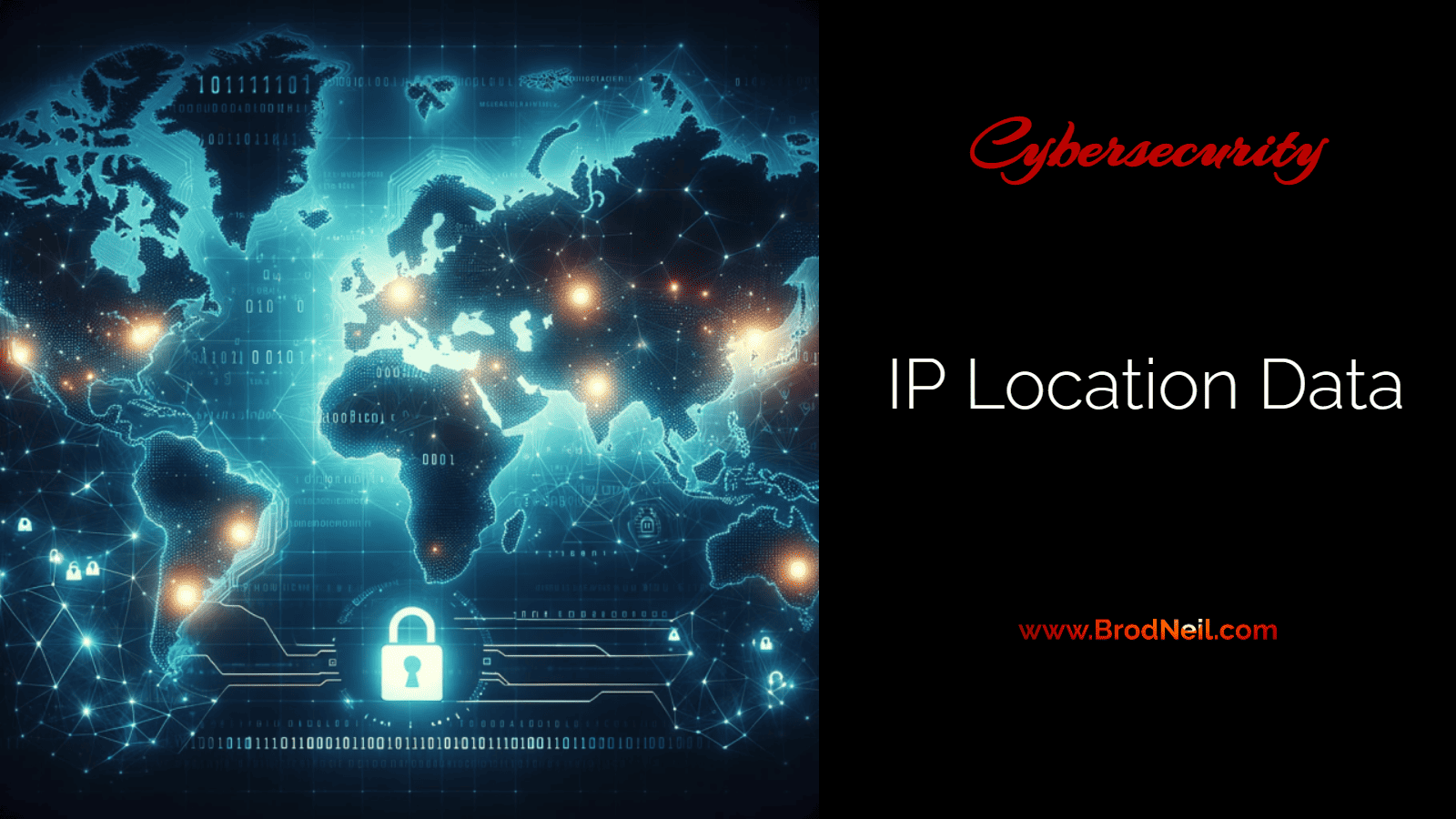It is essential to keep one step ahead of criminals in the constantly changing world of cybersecurity to protect important data and digital assets. Checking IP Location data is one effective technique essential to improving cybersecurity precautions. The article addresses the use of IP Location data in strengthening cybersecurity defenses and ensuring the confidentiality of online platforms.
IP (Internet Protocol) addresses give each internet-connected device its unique identity; they are like the online fingerprints of the devices. Cybersecurity experts may benefit from important knowledge regarding possible dangers and enhance risk prevention by being more aware of the place of origin linked to an IP address.
An Introduction to IP Location Data

IP Location data obtained from IP addresses reveals the estimated physical position of a device linked to the internet. Databases that associate Internet Protocol (IP) addresses with certain geographical areas are used to extract this data. IP Location data gives cybersecurity experts a trustworthy place to start when evaluating possible threats, even though it is not always precise.
Uncovering the Potential of IP Location Data for Cyberspace Defense

Staying on top of threats is not simply a strategy; it is a need in the security field since the digital world is full of possible risks.
With an emphasis on its applicability across several safety domains, let’s examine the critical role that IP Location data plays in detecting and thwarting cyber attacks.
Sensing Odd Activity
The detection of unusual activity is one of the main uses of IP Location data in cybersecurity. Through tracking the geographical sources of incoming data, safety mechanisms can detect and look into irregularities very quickly. For instance, if an organization typically does work in the USA and unexpectedly sees an increase in traffic from a location recognized for cyber risks, this might be an advance warning.
Increasing Access Control
A key component of cybersecurity is access management, and IP Location information is essential to strengthening accessibility constraints. Companies can set up their systems such that access is granted or denied according to the customers’ locality. For example, the system may sound an alarm or even block entry if someone who routinely signs in from the company’s premises in New York tries to retrieve sensitive information from an IP address in another region.
Organizations can defend against unauthorized access using IP location data for consistent access control. Organizations may implement safety precautions by directly integrating this information into accessibility policies.
Enhanced Safety with Geofencing
The use of GPS location data as well as internet access points to create virtual boundaries around particular regions is known as geofencing. Geofencing allows organizations to restrict access to their services and networks from IP addresses outside a certain area.
Organizations can designate areas where specific operations are allowed or prohibited through technology. For instance, a banking company can use geofencing to restrict online transactions to domestic users exclusively, lowering the possibility of fraud from foreign IP addresses.
Geofencing, combined with exact IP Location data, serves as a proactive defense mechanism against cyber assaults by restricting their attack area and reducing possible weak points.
Forensic Research and Crisis Response
For efficient forensic research and incident response to a cybersecurity attack, precise and timely information is essential. Investigators may track IP Location data to find the source of an assault, which is useful proof. This helps locate the breach’s origin, comprehend the methods used, and develop plans to stop future incidents of the same kind.
The good thing is that IP location lookup is very easy to do with the help of tools. An IP lookup tool can retrieve the approximate geolocation of an IP address in mere seconds. This added convenience can help an investigation proceed in a timely manner.
Thus, using IP location lookup, cybersecurity experts may expedite the investigation by concentrating on practical insights rather than sorting through unnecessary data.
IP Location Data in Threat Identification
Threat detection depends on rapid and pertinent information to detect, stop, and address cyber attacks. By including a geographical component in the study, IP Location data improves risk detection.
Investigators may make More sensible decisions that may link IP addresses with known criminals or particular areas linked to cybercrime activity. As such, IP location proves to be a useful lead in a criminal investigation.
Creating connections between threat information and IP Location data improves cybersecurity.
The Worldwide Scope of Cyber Threats
Cybercriminals have no geographical restrictions, and they frequently use the internet’s connection to conduct assaults from different places. In this situation, IP Location data becomes a vital resource for cybersecurity experts to identify worldwide trends and patterns in cyber threats.
Cybersecurity experts may easily understand the worldwide context of cyber threats due to the precise details shown by IP Location data. This makes it possible for security professionals worldwide to collaborate and share data effectively.
Challenges and Things to Think About
Despite being an asset for cybersecurity, IP Location data has several drawbacks that should be recognized. For instance, Proxy Servers and VPNs (Virtual Private Networks) might conceal an IP address’s actual country of origin, making it challenging to rely on this data only for reliable evaluations. To effectively combat cybercrime, organizations need to use a multi-layered strategy, integrating danger detection techniques with IP Location data. By doing this, they can successfully lessen the difficulties presented by cunning enemies who try to hide their true identities.
With the help of these resources, it is possible to confirm the correctness of IP address data and get additional information, which may be very helpful when making decisions.
In Conclusion
One cannot emphasize how important IP Location data is to cybersecurity. Its uses to detect suspicious activity, improve access control, allow geofencing, assist criminal investigations, and increase threat identification contribute considerably to a strong cybersecurity approach. Because cyber-attacks are worldwide in scope, IP Location data is a vital aid for organizations looking to protect their virtual assets and ensure the confidentiality of their online systems.

